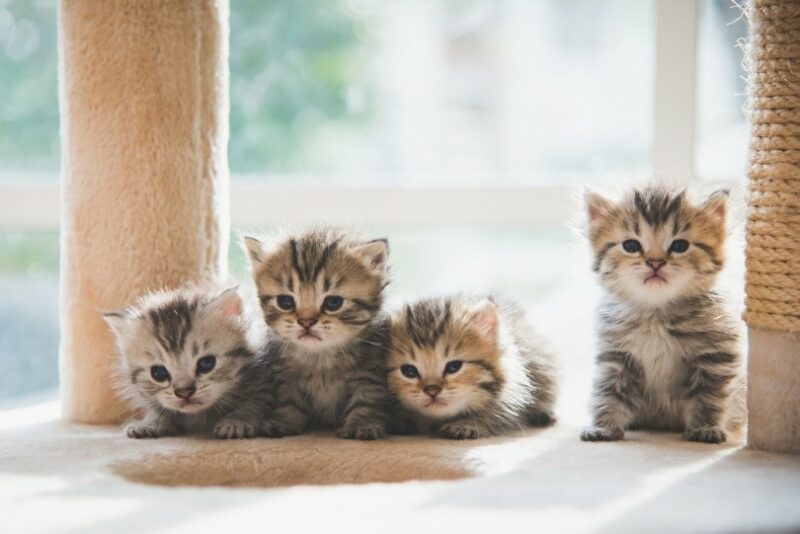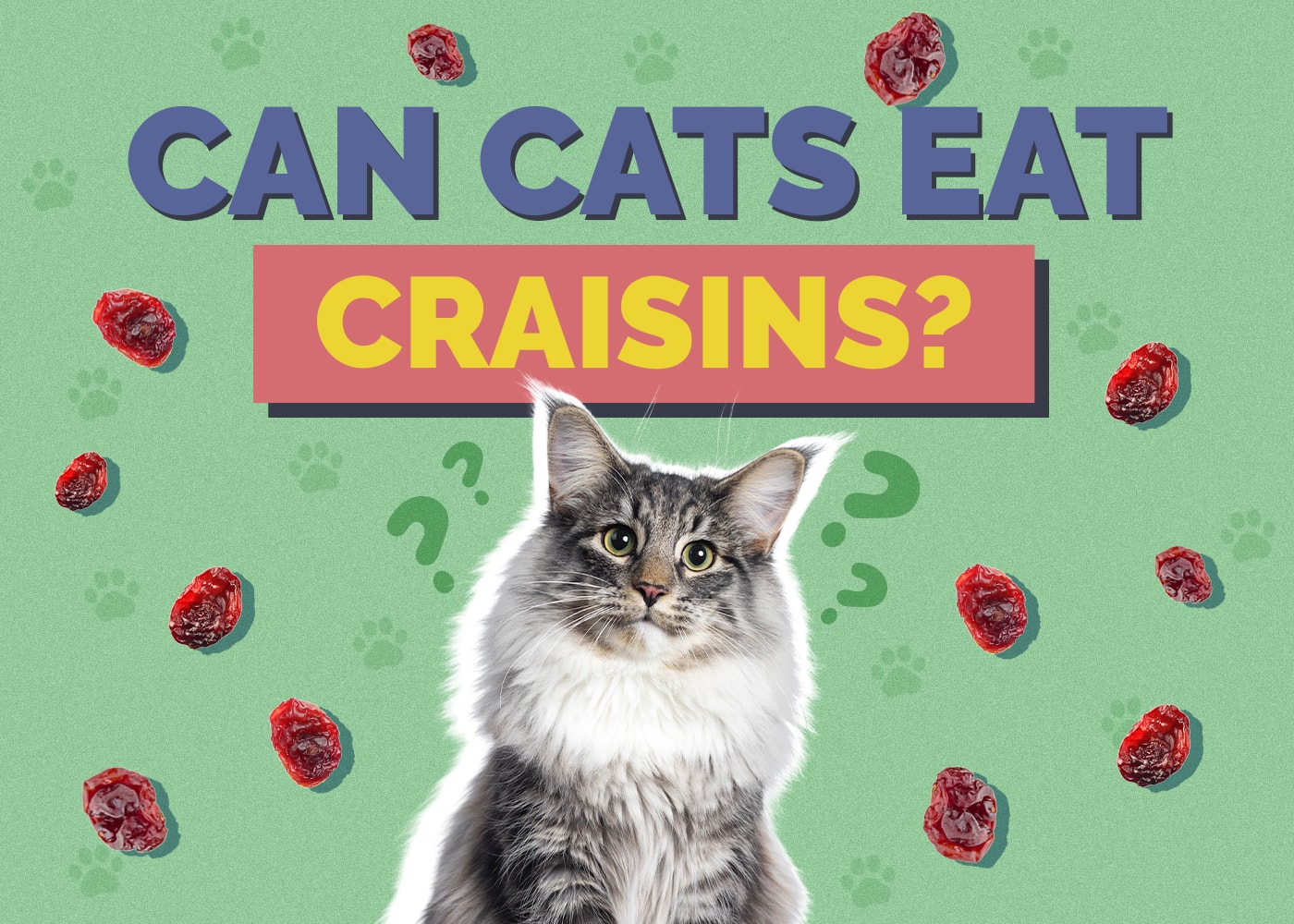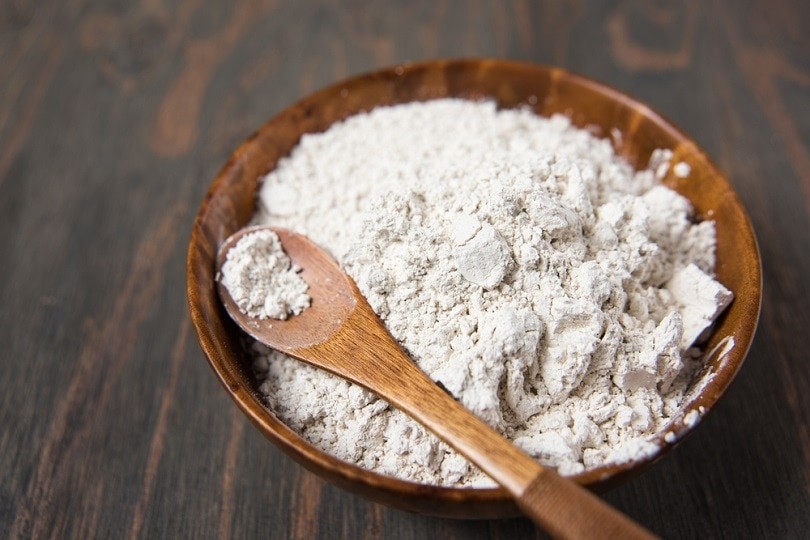Can You Mix Wet & Dry Cat Food? 4 Do’s & Dont’s for Mixing Cat Foods
By Luxifa Le
Updated on
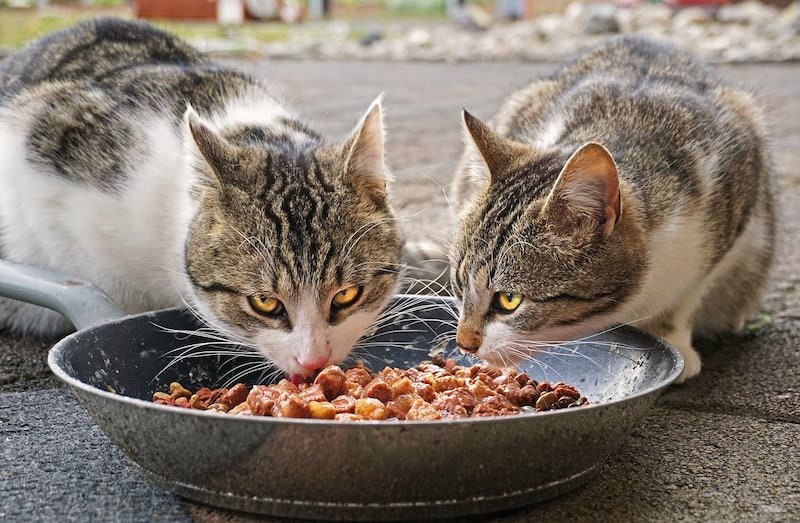
Click to Skip Ahead
The short answer is yes, you can mix wet and dry cat food. There are plenty of reasons to do so. Many cats prefer wet food, so it makes a good treat and encourages them to eat healthily. Wet food and dry food also offer unique health benefits when fed together. Here’s the low-down on mixing wet and dry cat food.
Reasons You Should Mix Wet & Dry Cat Food
1. It Promotes Oral Health
Dry food may seem boring to our cats and us, but kibble promotes oral health. Not only does the crunchiness of kibble give your cat a pleasing texture, but it also cleans your cat’s teeth as they chew on it. The crunchy texture scrapes away plaque and tartar as the cat eats. Dry food can also help pet parents as they try to keep tabs on their cat’s health. If your cat has dental problems, you will probably notice right away when they try to eat their kibble.
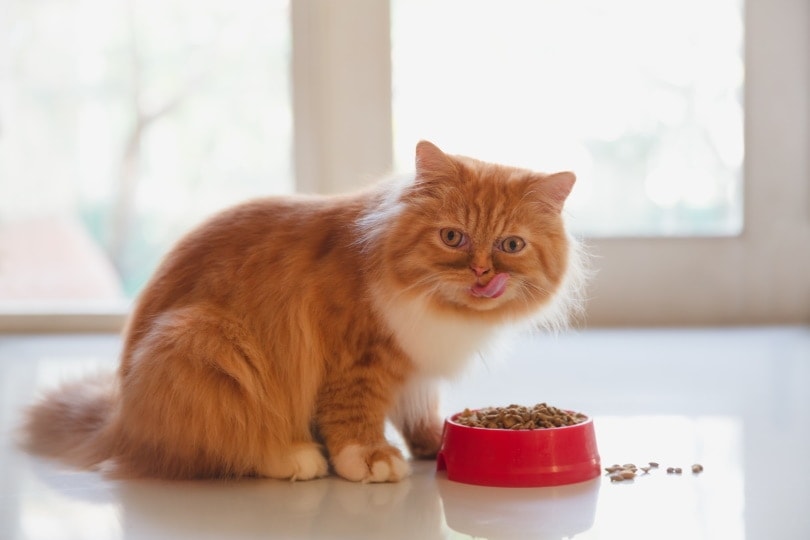
2. It Helps With Hydration
While dry food helps with your cat’s oral health, wet food helps with hydration. Cats are descended from desert animals, and they don’t need a lot of water to survive, but sometimes they forget that they need some water and can get dehydrated even if they have water in their bowl. Wet food provides both nutrition and extra hydration that dry food doesn’t. Adding a little bit of wet food to your cat’s diet can help promote kidney health by keeping them hydrated.
3. Your Cat Likes It
Cats often prefer a mix of wet and dry food. Like people, variety keeps them from getting bored with their food. Having both wet and dry food means your cat will have something to look forward to instead of eating the same meal for every meal at the end of the day. Many owners find that their cats prefer to eat wet food, but it’s important to remember that your cat will get bored of anything if it’s the only thing they’re provided with.
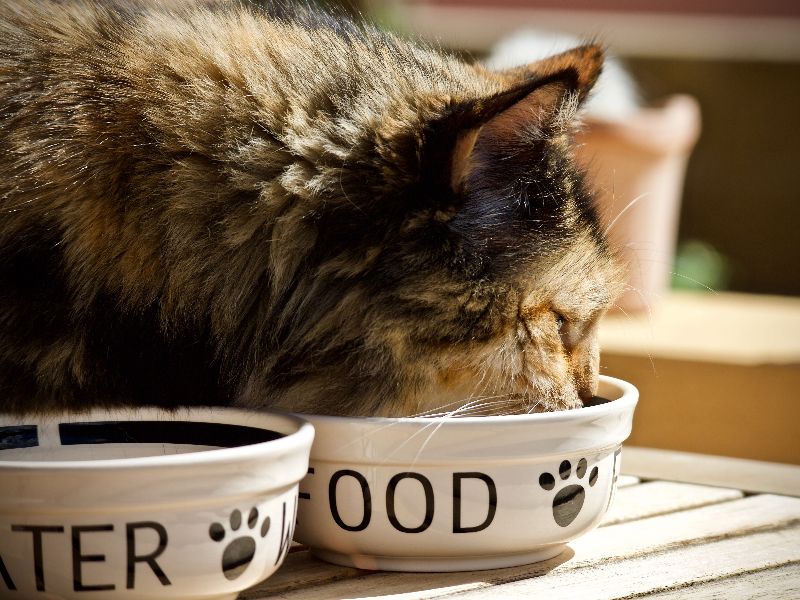
It’s Cost Efficient
Mixing cat foods can be a great way to save money. Both wet and dry food are expensive, but by feeding your cat a mixture, you can cut down on the amount they are eating in general. Wet food tends to be more filling and will leave your cat satiated for longer, but it’s extremely expensive compared to dry food. Using dry food to supplement the wet food means that your cat won’t be eating as much of either, or both food containers will go further than they would on their own.
Regardless of the type of food your feline companion prefers, finding a bowl that is sure to keep the mess contained can be tough. Our Hepper NomNom Cat Bowl features a wide tray designed to ensure that all food stays exactly where it should—inside the bowl and off the floor. The whisker-friendly bowls fit securely into the PP plastic base and are low and wide to prevent whisker fatigue. Its contemporary style will fit seamlessly into any home and it is completely dishwasher safe.
- NO MESS - The 360° tray on this cat food and water bowl set has a raised design to catch and...
- WHISKER FRIENDLY - Shallow and wide metal containers with flat bottoms ensure your kitty can enjoy...
Dos of Mixing Cat Foods
Talk to your Vet
Talk to your vet before you start mixing cat foods. Your vet will be able to assess your cat’s dietary needs and help you portion out how much of each food you should give to your cat. While there is a general recommendation that roughly 25-30% of your cat’s food should be wet food, it’s better to have a veterinarian look and help you build a personalized plan for your cat. Vets recommend that any foods you feed your cat be high quality, especially when mixing foods. Providing your cat with low-quality foods could result in nutritional deficiencies that could lead to illness if not corrected.
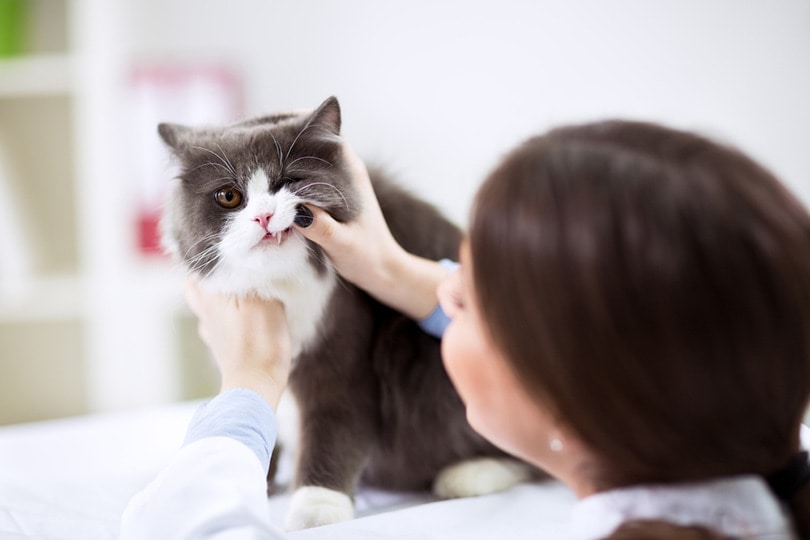
Measure Proper Proportions
Once you have the correct proportions down, make sure you measure them correctly! Proper proportioning will ensure that your cat is getting all of its dietary needs fulfilled by its diet.
Make sure you’re feeding your cat the right amount, check out our cat food calculator here.
The exact amount of calories an individual animal needs to maintain a healthy weight is variable and influenced by many factors including genetics, age, breed, and activity level. This tool is meant to be used only as a guideline for healthy individuals and does not substitute veterinary advice
Use Separate Bowls
Just like people, cats don’t like to eat out of dirty bowls. Cats generally will not eat food that has been mixed into one large bowl, and can you blame them? If you are going to feed your cat both wet and dry food, keep a separate bowl for each type of food and one for water.
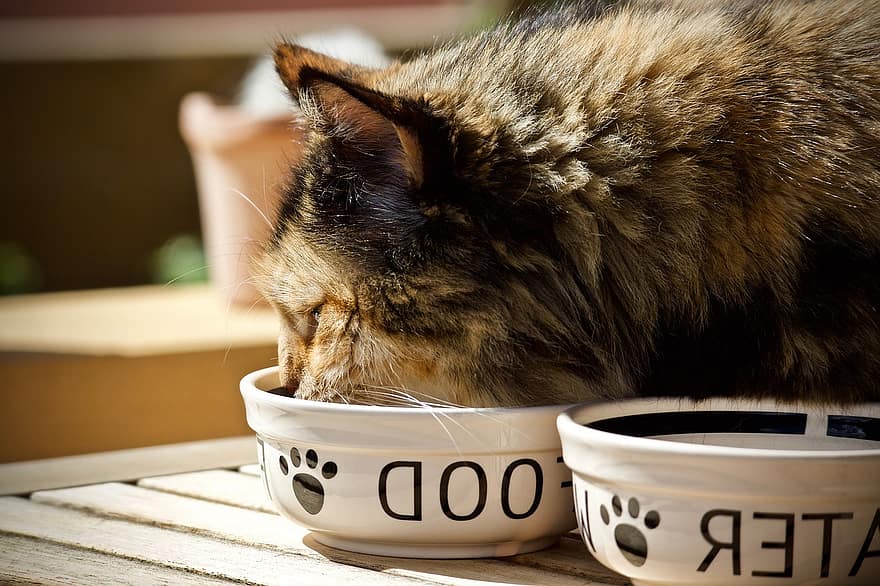
Don’ts of Mixing Cat Foods
Substitute Prescription Diets Without Talking to Your Vet
If your cat is on a prescription diet, do not substitute any part of the prescription food without consulting your veterinarian. Your vet prescribed your cat’s prescription food for a reason, and they’ll be more than happy to help you find a diet more suitable for your cat’s needs.
Conclusion
There are lots of reasons to start mixing your cat foods. Whether you want to save money or your cat just needs a little bit of variety in its life, there’s a lot to consider and prepare for when changing your cat’s diet. We hope to help you find the essential information you need to start the process while keeping your cat healthy and happy!
Related Reads:
Featured Image Credit By: Pixabay



